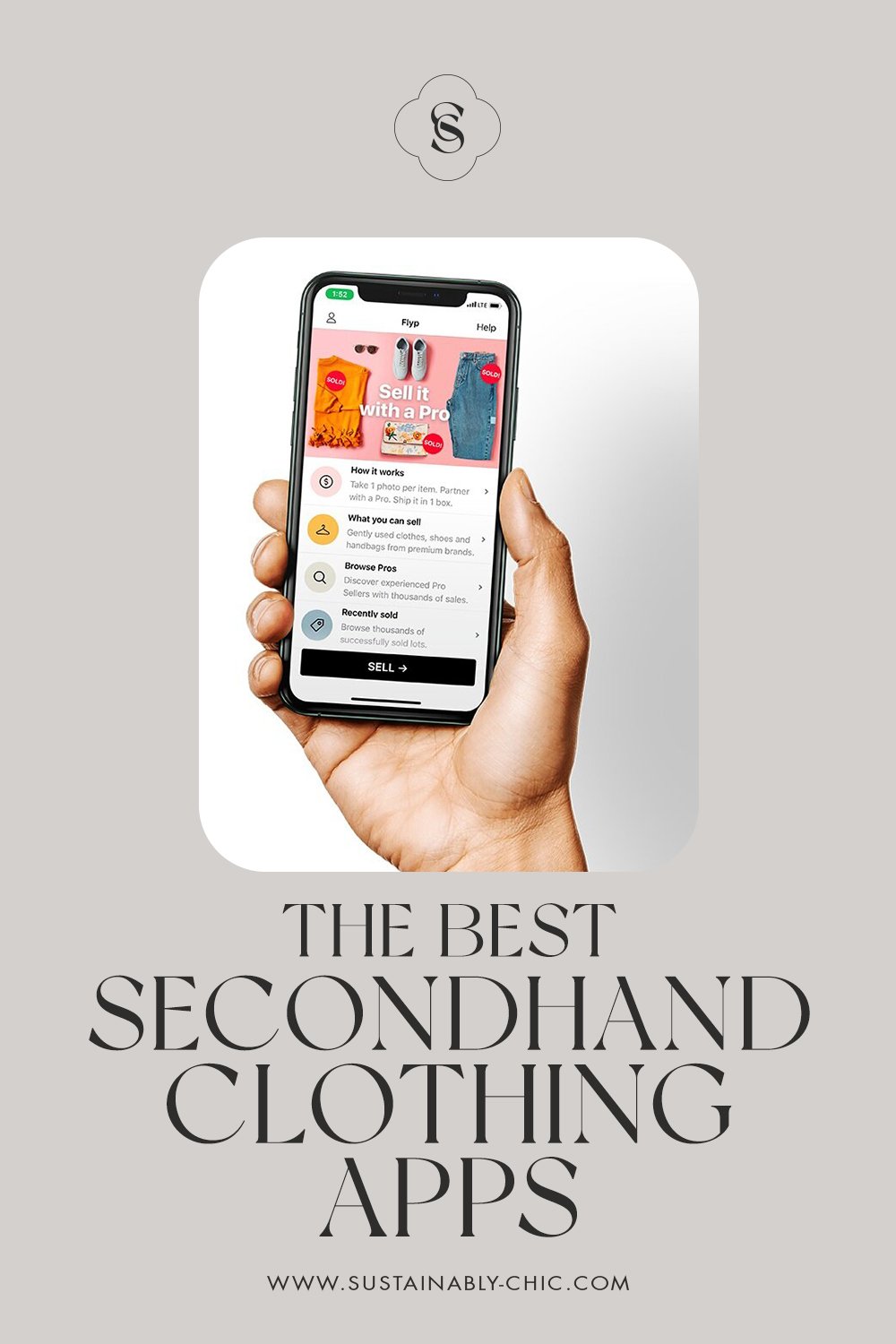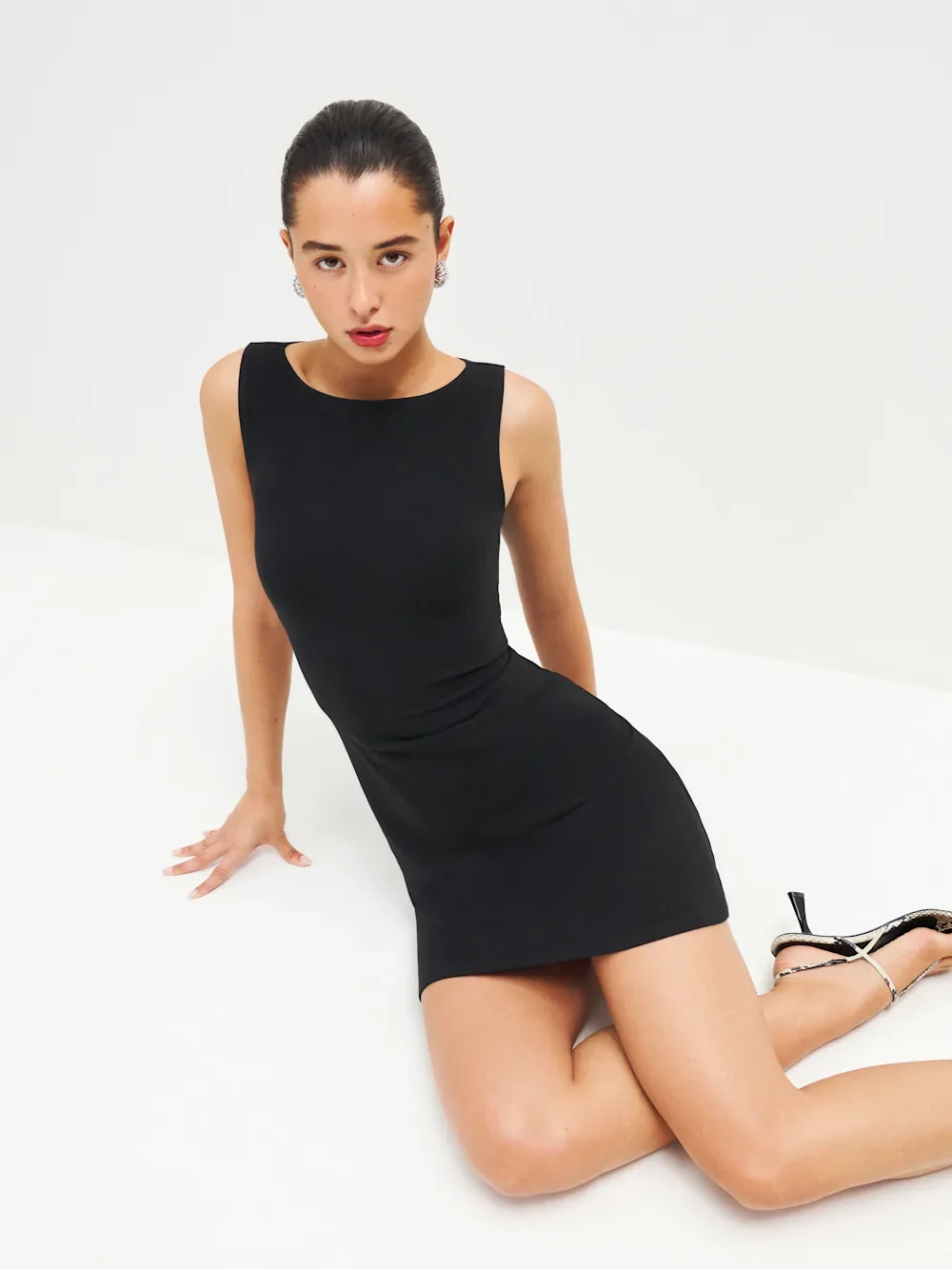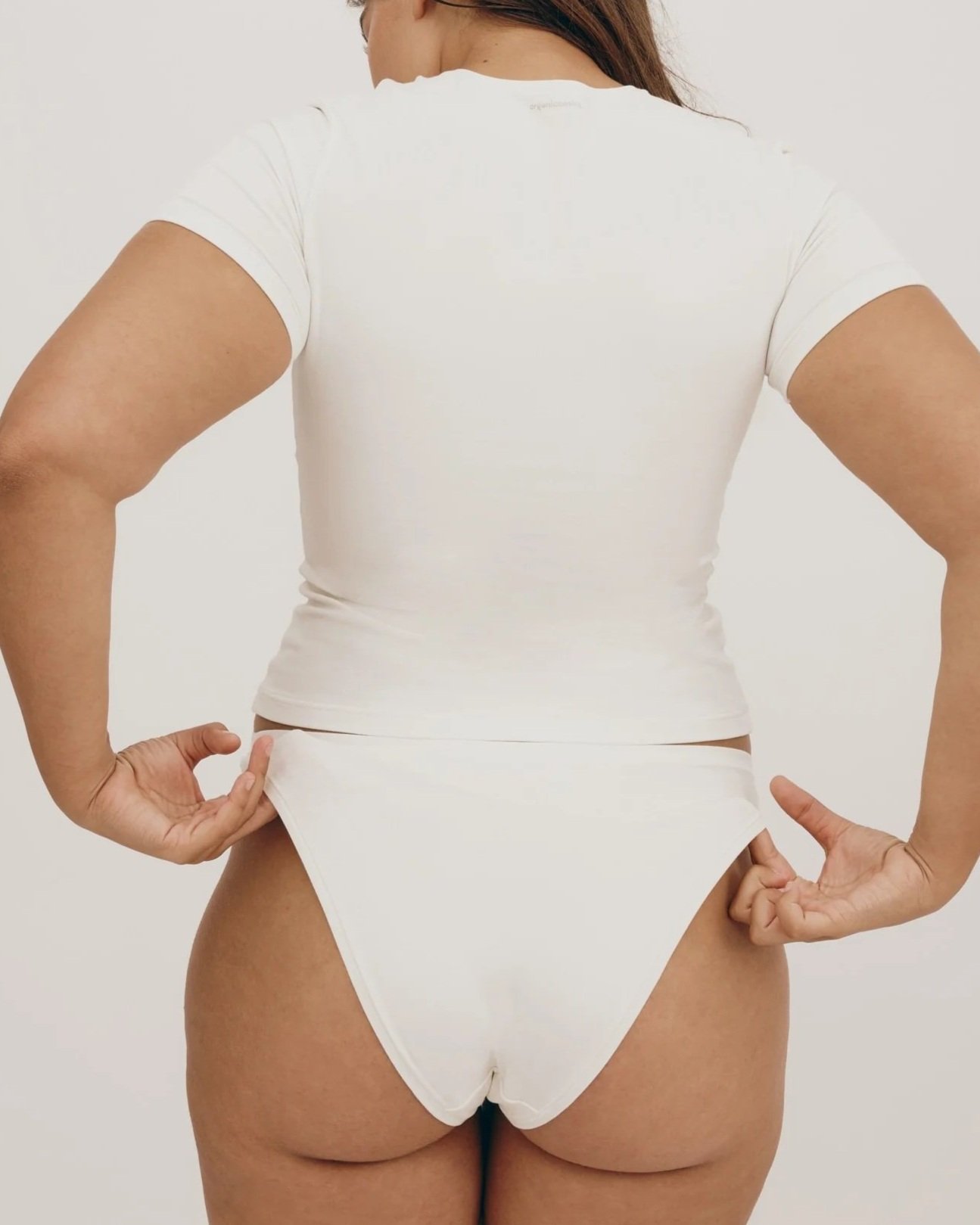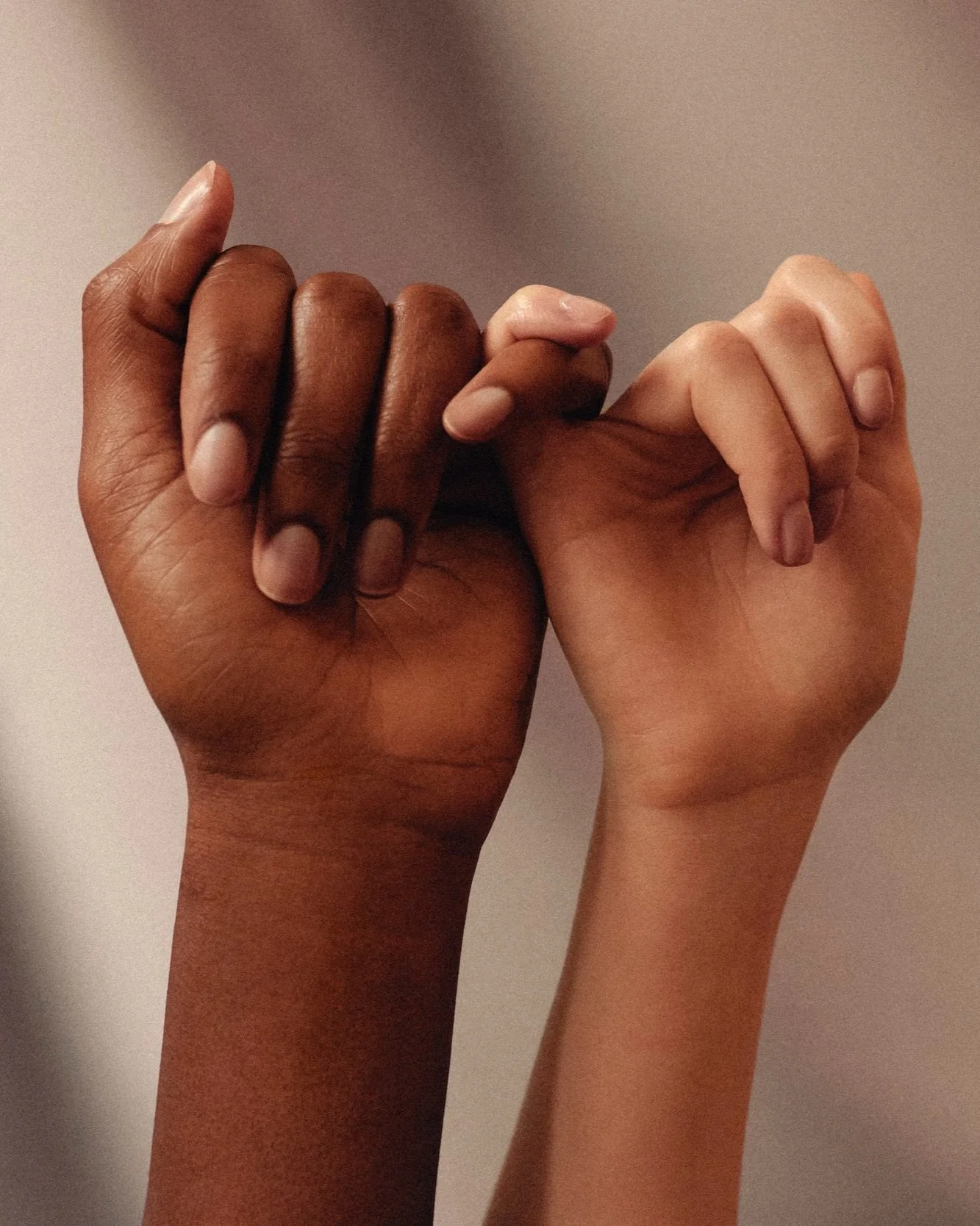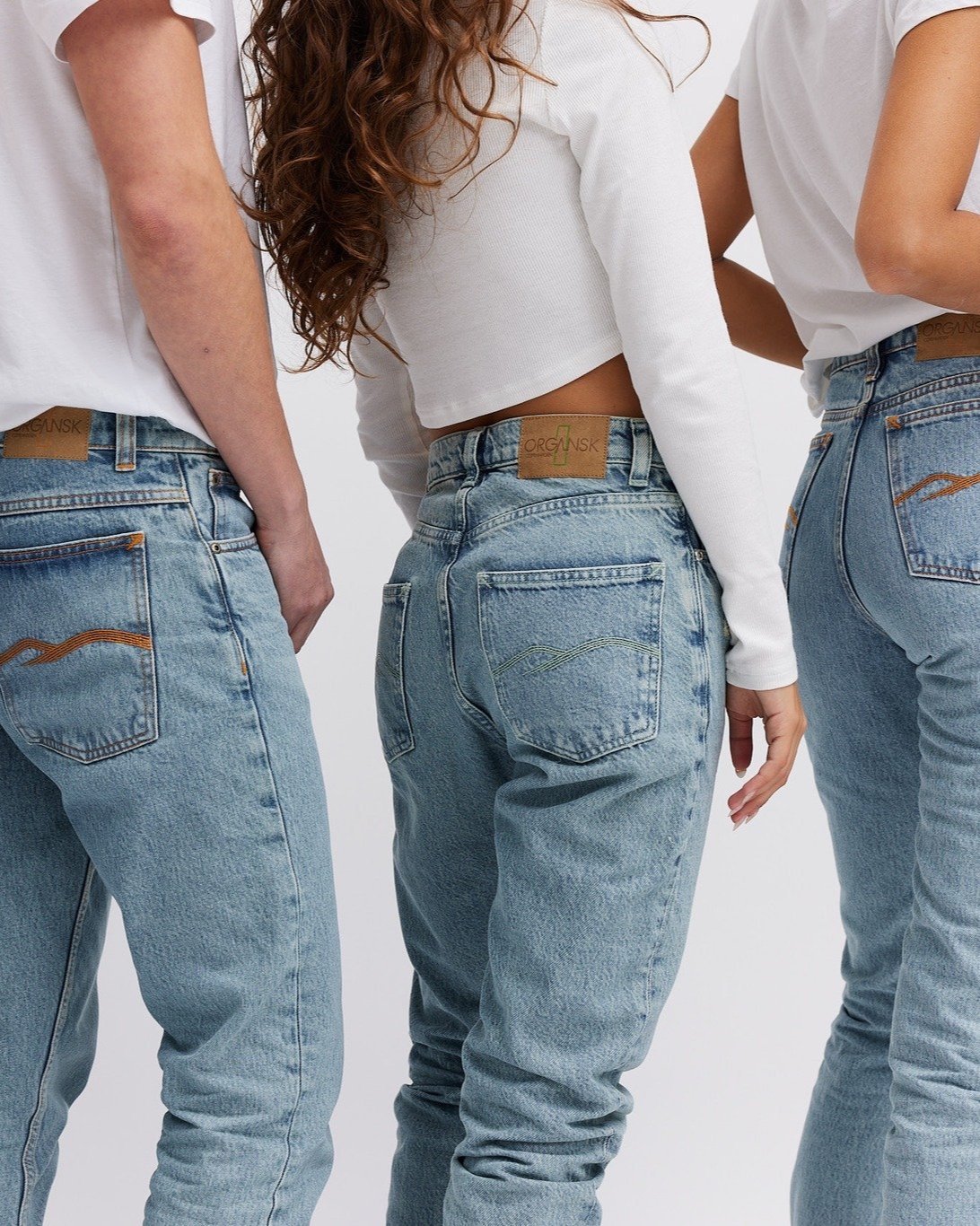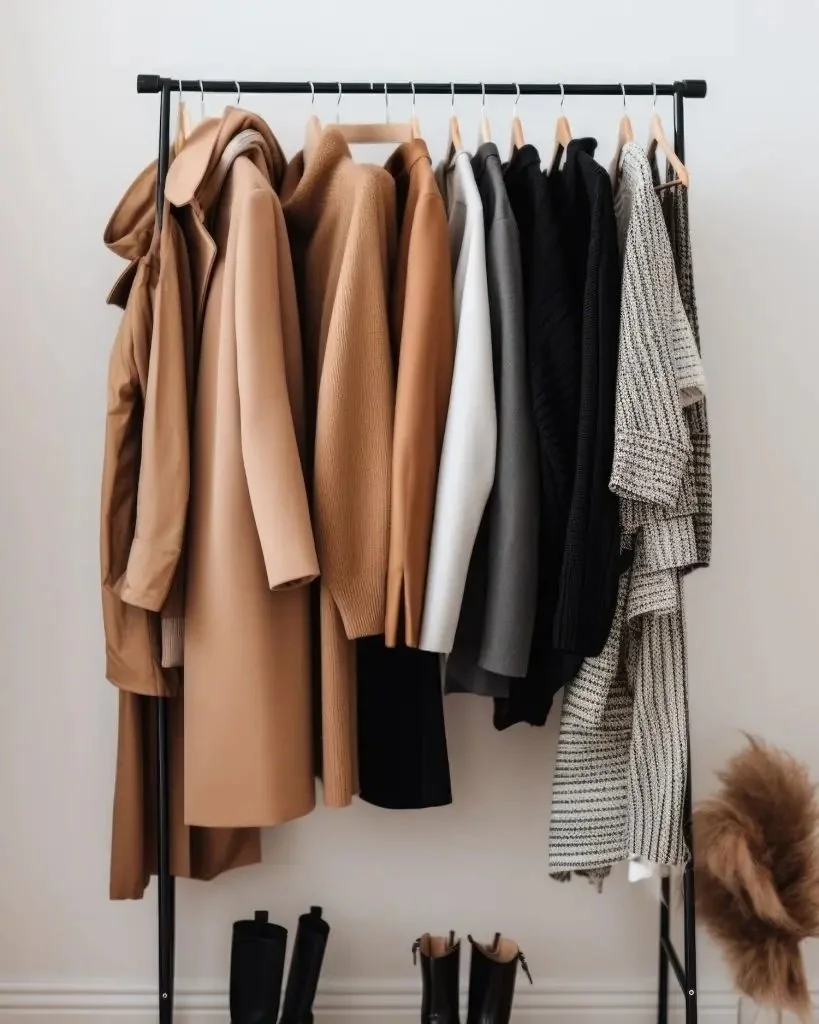12 Best Used Clothing Apps for Secondhand Shopping and Selling

Are you looking for a sustainable way to refresh your wardrobe? Shopping sustainably can include second-hand clothes, which are better for the planet and your wallet.
Why Purchase Used & Secondhand Clothing?
The average American throws away around 81 pounds of clothing each year, so it’s clear there are already more than enough clothes out there in circulation.
Shopping second-hand could mean visiting your local thrift store or vintage shop, but why not enjoy the great deals from the comfort of your own home?
Used clothing apps are the perfect way to shop second-hand, and we’ve handpicked our favorites to share with you!
Best Clothing Selling Apps & Places to Shop for Secondhand Clothes:

1. Flyp
Shipping: U.S.
Ideal for those of us who don’t have as much time to sell clothes, Flyp connects you to a network of independent “Pro Sellers” who will sell your clothes for you.
It's a great app to start your second-hand journey with everything from clothes and shoes to bags and accessories.
Flyp takes great care in selecting the clothes accepted on the app, ensuring that you’ll discover only high-quality items from desirable brands like Nike, Lululemon, and Urban Outfitters.
If you’re selling on the app, Pro sellers have a vested interest in selling your clothes, and it’s more likely that they will sell to someone who genuinely wants them – an added sustainability benefit. You do have to pay a commission to the person who sells your clothes for you, but this is a similar amount to other apps costs.
Con: Sellers have less control over pricing and profits, as they must work with a "Pro Seller" for listings. This can lead to lower earnings compared to directly selling on platforms like Poshmark or Depop, where sellers set their own prices. Additionally, the process may take longer since sellers must wait for Pro Sellers to accept, list, and sell their items.

2. Closest Closet
Disruptor and up-and-comer closestcloset.com is changing the secondhand marketplace by allowing paid members to use their own items as currency. Members pay $20 per month or can save 33% with an annual plan for $160 per year. They can post gently used, high-quality items from their physical closet to their virtual closet and earn instant hanger credits. You can use these hanger credits to shop for free among other members' items. Non-members can buy items older than 30 days with credits at checkout.
Pros: Closest Closet members save significantly through their monthly membership and get first access to items after they are posted. Members should maintain their clothing in good condition, making it easy to repost and earn credits with just one click. They also receive an Individualized Environmental Impact Score to learn how their Closest Closet membership impacts the planet.
Cons: Closest Closet members do not earn cash for the items they post.

3. Lucky Sweater
Lucky Sweater is the go-to app for swapping your favorite vintage clothing, handmade pieces, and curated sustainable brands in welcoming and fun community clothing swap spaces! Imagine trading for AGOLDE jeans, an Ilana Kohn skort, Girlfriend Collective leggings, or a Mara Hoffman maxi dress.
Swap items and explore the app's community space to catalog your favorite outfits. Share how you style your received pieces, find fashion inspiration, and get sustainable fashion tips from fellow secondhand enthusiasts.
With over 10,000 items available for swapping, there's always something new to discover! The community often gifts items to one another, making Lucky Sweater the ideal place to find unique, curated, secondhand items for yourself, family, or friends this holiday season. It's also a great way to kickstart a new year of embracing more secondhand fashion this year!
Cons: Its swapping model may not suit users wanting to profit from their clothes. The community-based exchanges can make it time-consuming to find suitable swap matches, and users might not receive items of equal value or quality. Additionally, availability is limited to what others offer, making it harder to find specific brands or styles compared to traditional resale platforms.

4. Vestiaire Collective
Shipping: worldwide
A global marketplace of pre-owned luxury fashion, Vestiaire is the top destination for discounted designer pieces and vintage clothing.
Clothing, bags, shoes and jewelry from hundreds of brands, with thousands of new items, added every day.
It’s definitely a fashion lover’s paradise.
Pros: Vestiaire has an optional authentication feature that checks and approves items before shipping. You can ‘like’ items to add them to your favorites, making it easy to view your wish list.
Cons: Nearly everything on the app is expensive, so not accessible for most people. They lack a good range of sizes, mostly offering small to petite. Most items contain animal materials like silk, leather, and wool, making them unsuitable for vegan shoppers. The authentication feature incurs extra costs, so it might not be worth it depending on the item's value.

5. Grailed
Shipping: worldwide
One for the boys! Grailed is the one-stop destination for buying, selling and exploring menswear, although they do also offer womenswear now. Grailed is the top menswear resale marketplace, offering both new and used clothing. It's the ideal spot to find that coveted item you missed out on. Grailed is filled with streetwear brands, vintage pieces and independent designers, and their team makes sure everything is authenticated.
Pros: Grailed provides men a platform to explore sustainable fashion inclusively, filling a crucial gap in the industry. You have buyer protection as PayPal is the app’s payment method, so your transactions are eligible for refunds. You can also shop at Grailed through your desktop.
Cons: Grailed has been criticised for their high international seller fees; for domestic (American) sellers, the fee has risen to 9% per sale, on top of the mandatory 2.9% (plus 30 cents) PayPal fee.

6. ThredUP
Shipping: U.S., Canada
Offering a huge range of brands, ThredUP is available as an app on your phone or through your desktop if that’s what you prefer.
When you’ve selected which clothes you’re ready to part ways with, you send them off to ThredUP, who sell them for you, keeping some commission and paying you a percentage.
This would be great for anyone who has a lot of clothes to get rid of and not much time to do it themselves.
Pros: The filter options make shopping on the app a painless experience, refining your search and saving you time. Plus, the “Buy & Bundle” shipping option combines items from multiple orders into a single package and ships everything together.
Cons: ThredUP is allowed to offer discounts on all clothing, meaning you may lose some profit from your sales. The payouts for your sold clothes are considerably lower than other second-hand clothing apps, so you could make less money selling on ThredUP.

7. Depop
Shipping: worldwide
Originally a social network, Depop is a fun, interactive second-hand shopping experience that replicates a lot of what we like about online shopping.
With a mix of fast fashion brands, vintage pieces and independent sellers, Depop offers a huge variety of different styles all under one (digital) roof.
Pros: Depop is a great place to find quirky, unique clothing items no one else would have. You can tailor the search criteria and save your preferred sizes, making it easier when you go back on the app and continue shopping.
Cons: Sellers can contact you through direct messages if they feel you’ve shown interest in their item, and it can get slightly intrusive. Be aware that fast fashion resellers operate heavily on Depop, buying up large volumes of the same piece of clothing and selling it on for a profit. They can also trick you into thinking you’re buying from an independent designer when it’s, in fact, cheap, imported fast fashion – lookout for sellers with multiple sizes of the same item. While you aren’t charged for listing items, there is a 10% fee to pay when it sells.

8. eBay
Shipping: worldwide
Not just for online auctions anymore, the eBay app offers some brilliant bargains on anything from designer bags to activewear.
There are also many independent businesses on the app to support, plus a lot of vintage clothing—an excellent place to start if you are testing the waters of second-hand fashion.
Pros: With 185 million active buyers by the end of 2020, eBay has an enormous built-in base of shoppers who are ready to buy your unwanted clothes, making selling them a lot easier. For buying on the app, you can set up alerts for keywords so you get notified when a new item is listed that you might be interested in.
Cons: On the flip side, there is a lot of competition for sellers on the app, which could make it harder for your clothes to get noticed. When searching for clothes to buy, it can feel quite daunting with the number of items available; it may take you some time to track down what you’re looking for.

9. Vinted
Shipping: worldwide
Vinted sells a wide range of low-cost second-hand clothing, with a focus on high street brands like Free People, Forever21, Gap and Anthropologie.
Vinted also offers buyers and sellers the option to swap clothes, with a ‘swap’ filter option so you can search for items that people are willing to swap with you.
Pros: There are zero listing or selling fees, so what you earn is yours to keep. Your orders are protected when you pay through Vinted, and you’re entitled to refunds, which is not always an option with second-hand apps. Vinted has forums on the app so you can engage with other buyers and sellers for support and advice.
Cons: Buyers are charged a service fee that covers the payment method's cost, which can vary in price. You will have to check if the seller has been active recently as you may be buying from someone who is no longer active on the app.

10. Poshmark
Shipping: U.S., Canada
Offering up to 70% off prices on thousands of popular brands, Poshmark is an ideal app for bargain shoppers.
From clothing to homeware and even pet accessories, it’s a treasure chest of second-hand goodies.
Pros: Poshmark offers protected payments, so if it’s not what you thought you were buying. you can get a refund. The app is often referred to as a community, with 70 million ‘Poshers’ and ‘Posh Party’ selling events. Poshmark makes it easy to haggle a price with the “offer” button.
Cons: For items over $15, Poshmark takes a 20% commission from your sale; for more expensive items this could see you potentially losing a lot of money. When searching on Poshmark, they don’t indicate how many listings there are available, leading to endless scrolling trying to find the item you want.

11. Asos Marketplace
Shipping: worldwide
Marketplace launched in 2010 with just 20 sellers and has grown to become the leading online platform for independent brands and vintage boutiques, with over 800 boutiques from around the world.
Offering a unique range of clothing, footwear and accessories, Marketplace is the ultimate location for finding that one-of-a-kind item that you’ve been looking for.
Pros: By shopping with Marketplace, you are supporting independent retailers and designers, which helps support the sustainable fashion industry and gives you an added connection to your clothes that you just don’t get with big fashion brands. All transactions are protected, and they have a great customer service system in place to support you.
Cons: If you are an overseas buyer, you may be subject to import duties and taxes, which are levied once the package reaches your country. You will have to communicate with each boutique or brand for your purchase, so your experience can depend on their customer service skills.

12. Mercari
Shipping: U.S.
The go-to second-hand clothes destination for true bargain hunters, Mercari offers up to 70% off retail prices on thousands of popular brands. With 350,000 new items listed daily, there is always a huge selection of clothing, footwear and accessories.
Essentially a thrift store in an app, Mercari will definitely have something for you if you have the time to search!
Pros: You will definitely be able to save money on your clothes shopping when you buy from Mercari, and with buyer protection and easy returns, this app offers a safe and fun way to shop second-hand fashion. You can also set up email alerts to be notified when an item you’ve been hunting for is added to the app.
Cons: The app has been known to accept very used items to be sold, so watch out for transparency on sellers’ descriptions. Some sellers can be difficult to reach or slow to respond, making the buying process frustrating.
About the Author
Sarah King is a freelance writer with a focus on vegan fashion, sustainability and ethically made clothes. She campaigns for change in the fashion industry through her blog and on her Instagram page.
MAKE SURE TO PIN THE PHOTO BELOW TO SAVE THIS POST FOR LATER!
WANT MORE SUSTAINABLE BRANDS? VISIT OUR BRAND DIRECTORY!
Our Brand Directory is home to hundreds of sustainable brands, from makeup to cleaning supplies, from underwear to shoes. We have broken everything down by category for easy shopping, along with discount codes unique to Sustainably Chic viewers.


